April 26, 2024
Coast-to-coast: San Francisco to Savannah (Part 26)
By Simon J. Lau
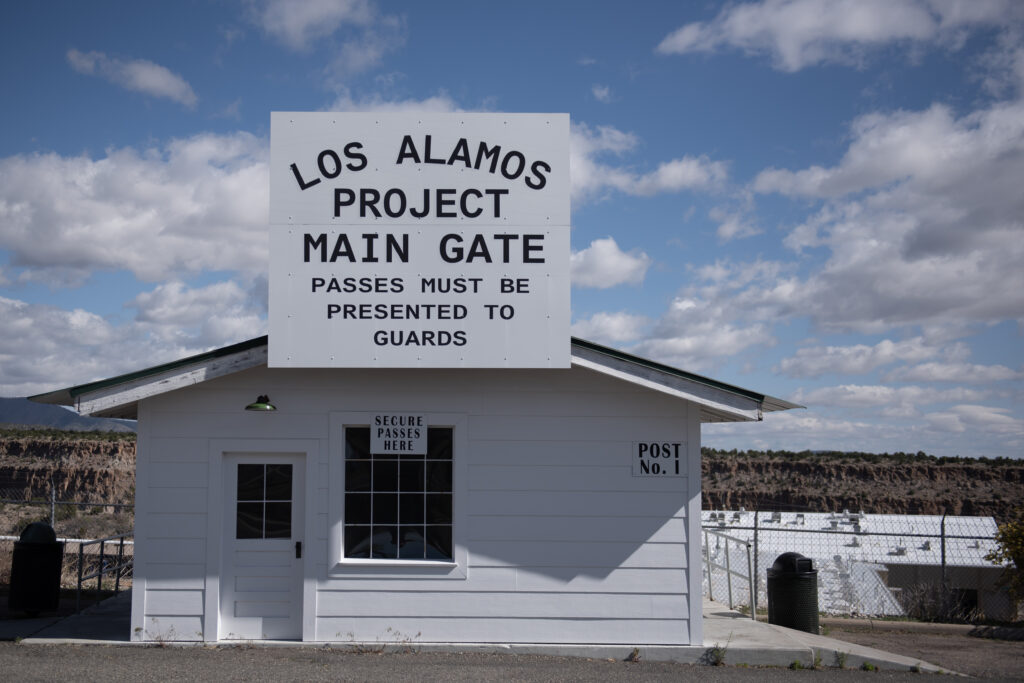
This morning, we visited Los Alamos, the birthplace of the Manhattan Project. Established in 1942 as a secret research facility, it played a pivotal role in developing the atomic bomb, which ultimately contributed to the end of World War II. The brightest scientific minds of the era were brought here, leading to groundbreaking advances in nuclear physics.
After the war, Los Alamos remained at the center of nuclear research and weapons development through the Cold War. Today, the Los Alamos National Laboratory, created in the aftermath of the Manhattan Project, continues as one of the world’s leading research institutions in national security, science, and technology.
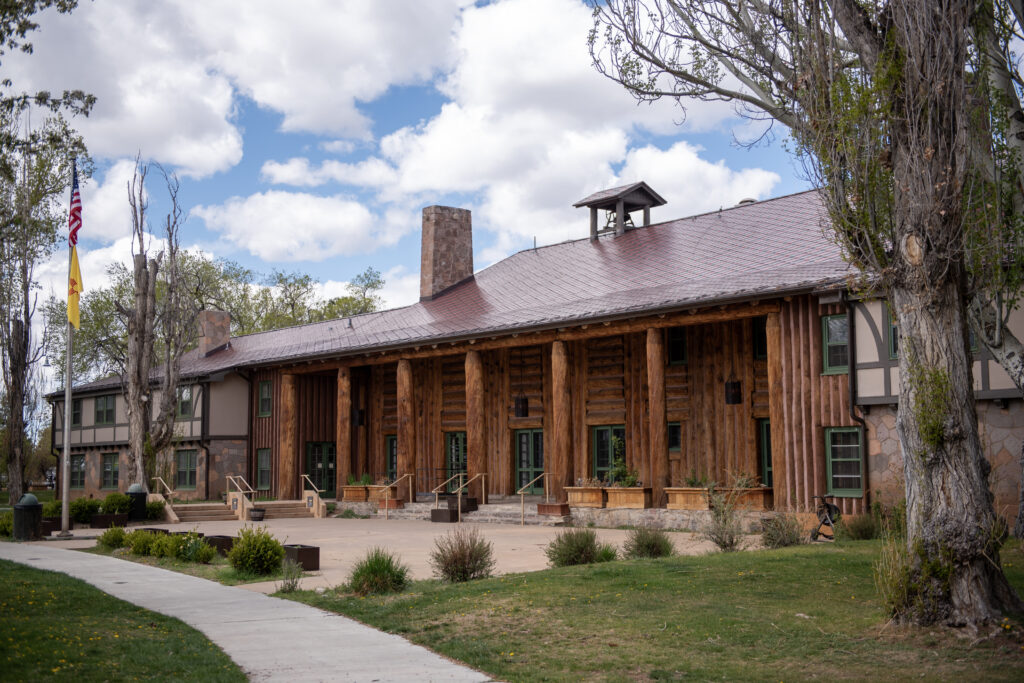
Most of the wartime buildings that housed staff and families have since been demolished, but a handful still remain. One of them is Fuller Lodge. Originally built in 1928 as the dining hall for the Los Alamos Ranch School, it was a pioneering institution in outdoor education. During World War II, the school was requisitioned by the U.S. government for the top-secret Manhattan Project, and the Lodge became a hub for community activities for lab employees under the facility’s code name, Project Y.
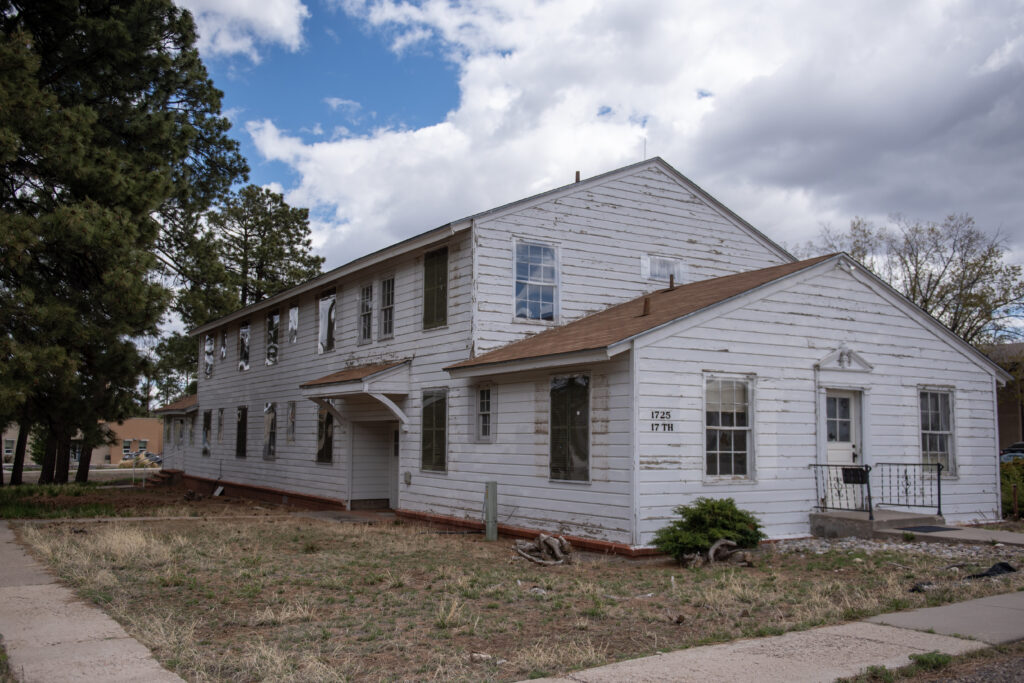
Another surviving structure is a former dormitory that once housed members of the Women’s Army Corps. Today, the building has taken on a very different role as a privately owned Christian Science Reading Room.
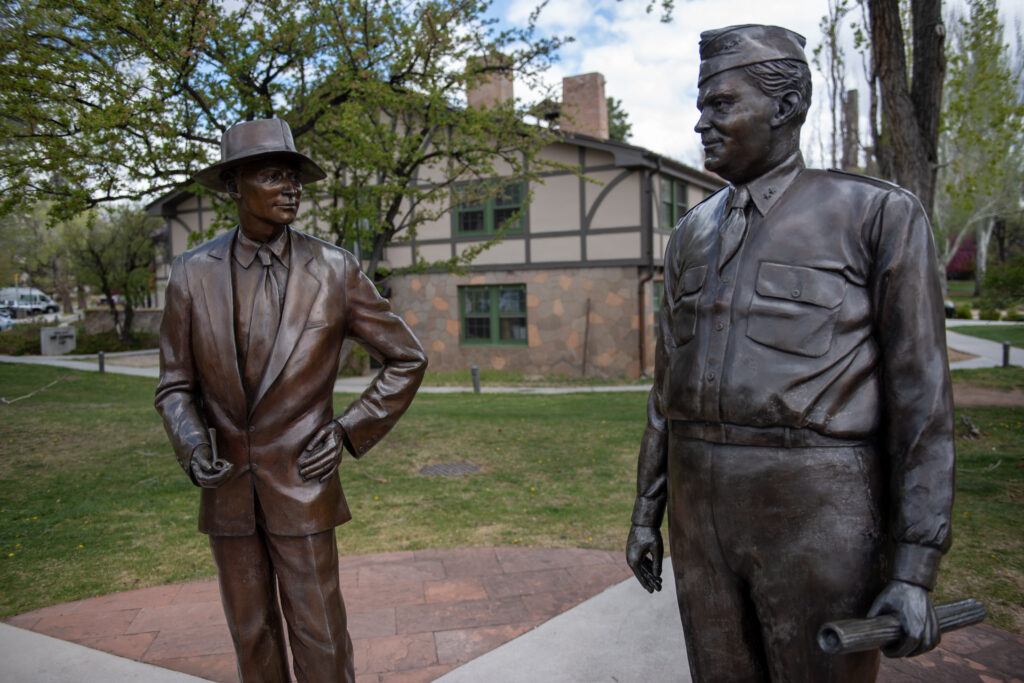
There are also statues of Dr. J. Robert Oppenheimer (left), who led the scientific side of the Manhattan Project, and General Leslie Groves (right), the Army engineer who directed its construction and oversaw its operations. I might be one of the few people who still hasn’t seen Oppenheimer, but it’s definitely on my to-do list now.
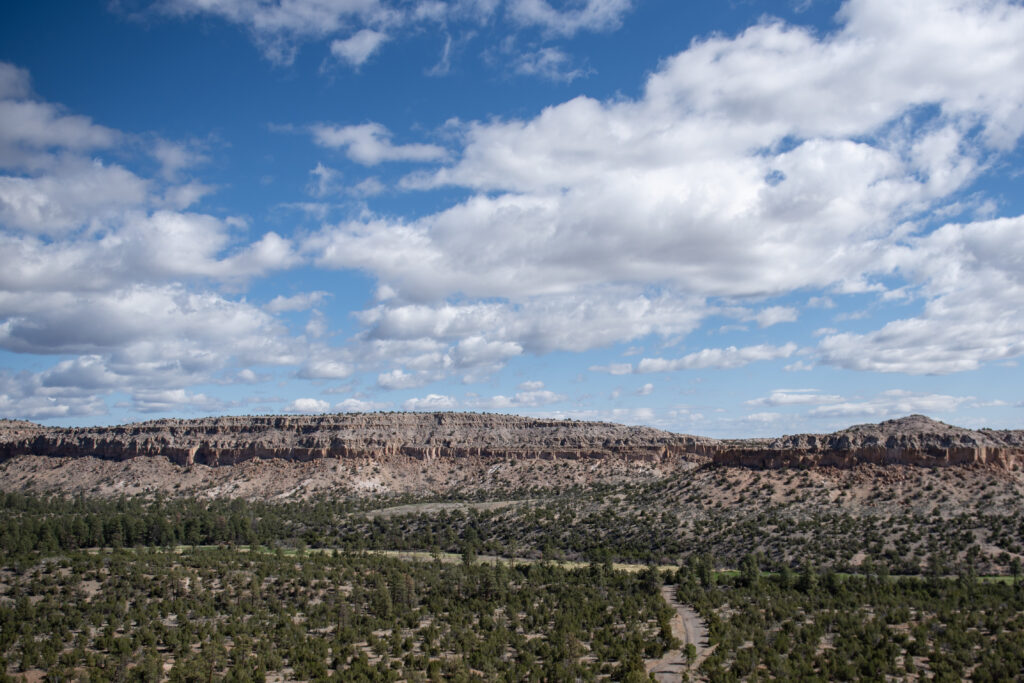
Part of the reason Los Alamos was chosen for the Manhattan Project was its remote location in the mountains, which offered both a natural barrier and added security for classified research. What is often overlooked, though, is that it also provided a stunning backdrop. I was struck by the scenery on the drive into Los Alamos and again on the way back to Santa Fe. It must have been a remarkable place to live and work, even if that work was devoted to creating weapons of unprecedented destruction.
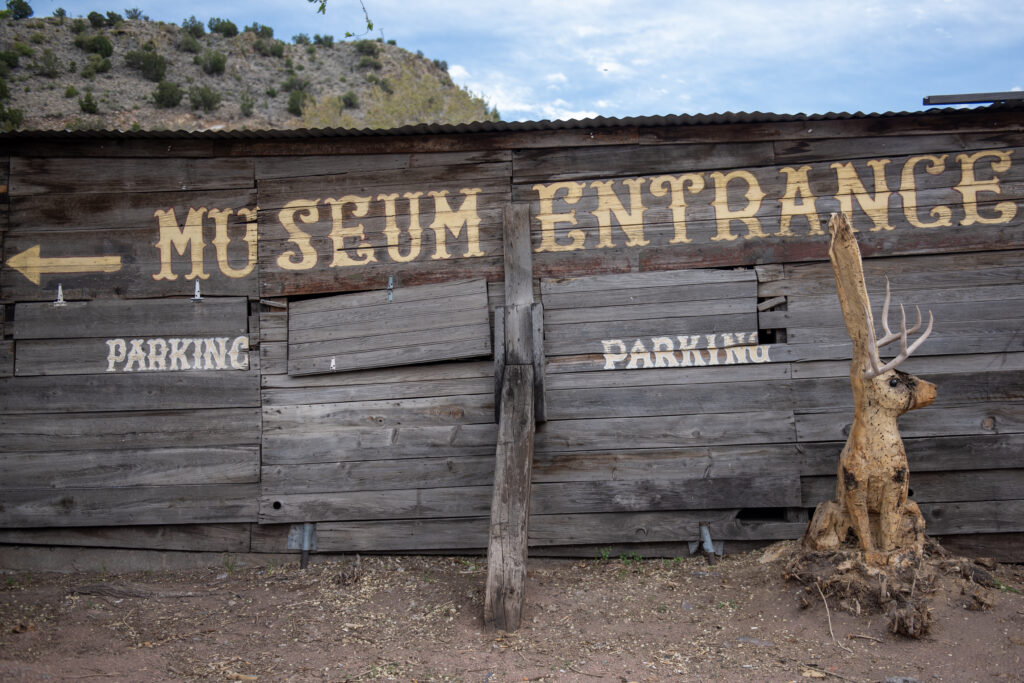
Later, we visited Madrid, a historic mining town tucked into the mountains not far from Santa Fe. Established in the 19th century as a coal mining settlement, it went through cycles of boom and bust as the industry rose and fell. By the mid-20th century, the town had nearly emptied out, but in the 1970s it found new life when artists and craftsmen moved in, drawn by the chance to build a different kind of community.
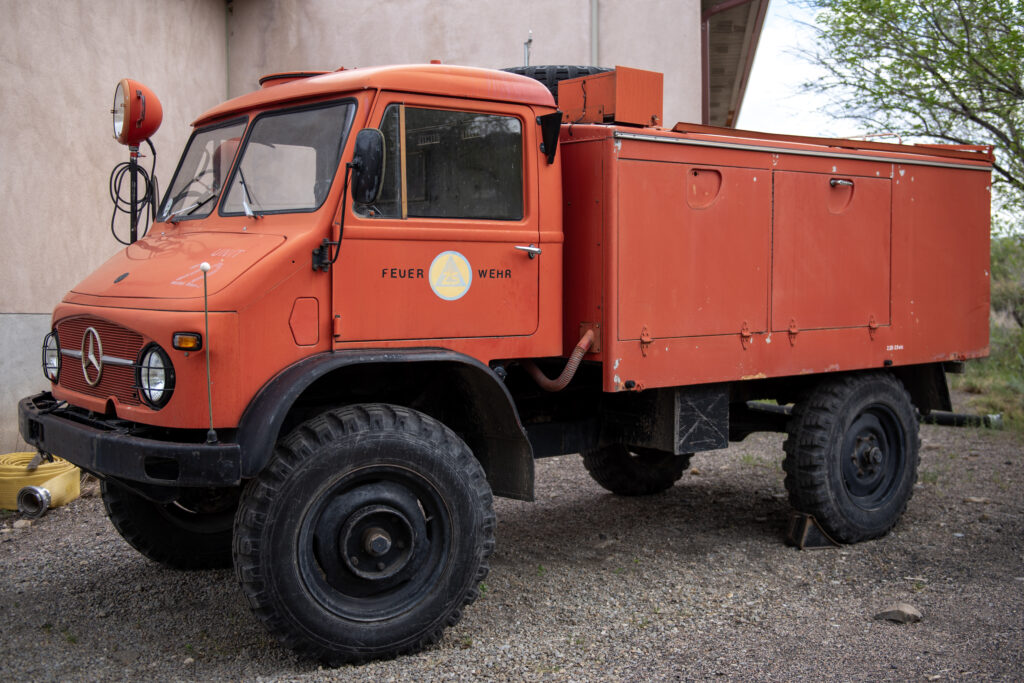
Finally, I spotted a retro Unimog parked behind the Madrid fire station. Jean and I once had the chance to ride in one when an adventure outfitter in New Zealand used a new one to shuttle us around. Ever since, I’ve joked with her that this is exactly what we need to live out our off-the-grid dream. To be fair, it’s mostly my dream, but one I hope to convince her to share someday. Until then, it remains just that… a dream.


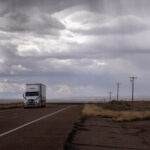

Comments are closed.